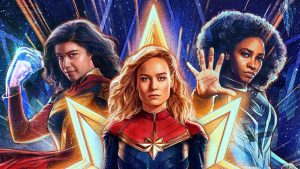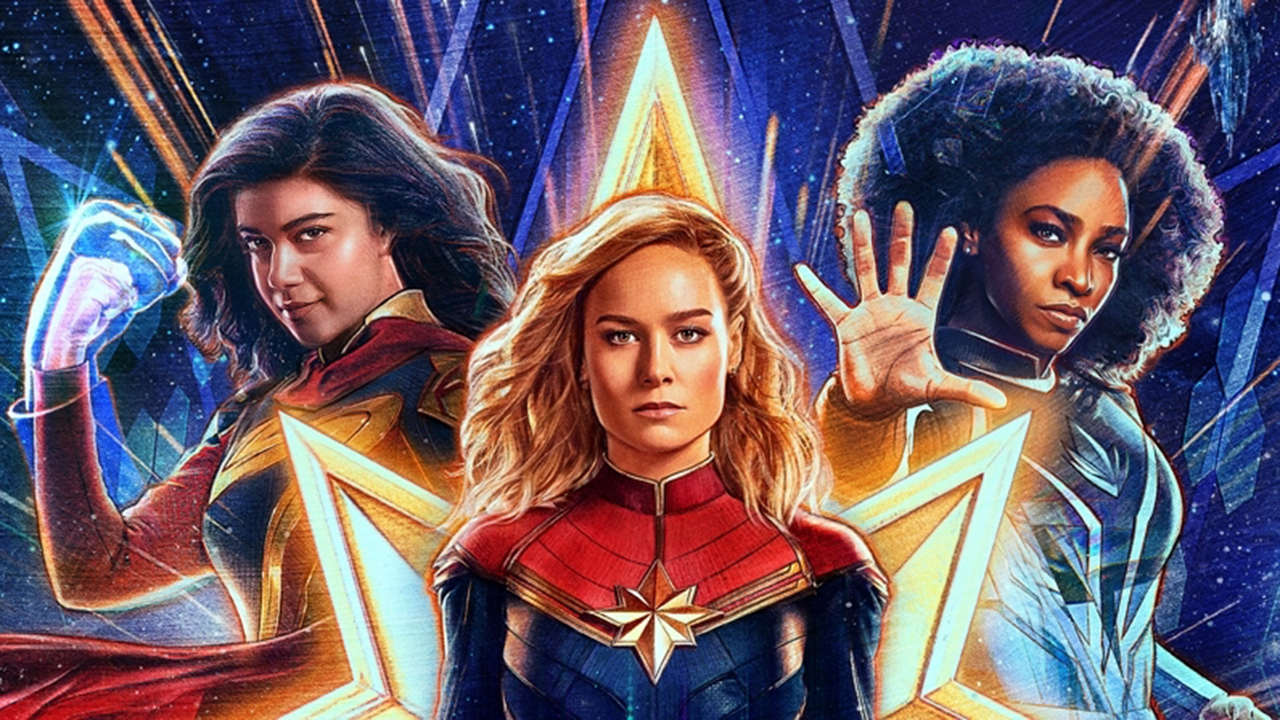In a cinematic landscape saturated with superheroes, Marvel has been a reigning champion for years, captivating audiences with its spectacular storytelling and engaging characters. However, recent incidents, such as the failure of Thor 2, suggest a wavering faith in the superhero genre. Nevertheless, Marvel enthusiasts found hope in recent releases like “Guardians of the Galaxy Volume 3” and “Loki Season 2”. The joy, unfortunately, was short-lived as the most recent Marvel film, ”The Marvels,” seems to be hurtling toward the title of one of the biggest sales failures in history. What went wrong, and who exactly is the target audience for this film?
“The Marvels” is a sequel to “Captain Marvel,” which follows the journey of Carol Danvers and two other characters, Monica Rambeau and Kamala Khan, and their attempt to defeat a supervillain. The movie strives to capitalize on the success of its predecessor by adhering to Marvel's tried-and-true formula—a simple, funny, and entertaining plot. The film excels in delivering a lighthearted experience, evident in the comedic treatment of the potentially perilous situation faced by the three main characters when teleported. Moreover, the Aladna scene, with its unique mode of communication through singing, adds a delightful touch to the movie that has never appeared before in Marvel films. Additionally, Iman Vellani, who plays Ms.Marvel, shines brilliantly in the film, showcasing her exceptional acting skills with a delightful touch of humor. Despite limited screen time, her performance is nothing short of fantastic, proving her ability to captivate and entertain audiences on her own.
However, the film falls short in several aspects, beginning with the oversimplification of crucial plot points. The amalgamation of the three superheroes' powers, the resolution of tensions between Captain Marvel and Monica, and the defeat of the villain all seem rushed and abrupt, leaving the audience confused. For instance, the problem between Captain Marvel and Monica Rambeau is resolved through a few lines of dialogue.
Another disappointment lies in the underutilization of Nick Fury (Samuel L. Jackson), a character known for his strategic brilliance. In “The Marvels,” Fury's role is disappointingly basic, reduced to caretaking duties for regular people and a peculiar herd of cats. If Fury were to be eliminated from the narrative, the plot would remain largely unaffected.
Furthermore, the titular character Captain Marvel, portrayed by Brie Larson, fails to shine in her own movie. The film neglects to explore the full extent of her abilities, rendering her character surprisingly dull. Larson's acting is deemed boring, and the lack of depth in Captain Marvel's portrayal leaves the audience yearning for more. Monica Rambeau (Teyonah Parris), another central character in The Marvels, also falls victim to this phenomenon. The audience is left in the dark about the challenges she faced in Captain Marvel's absence, diminishing the impact of her character. The film struggles to convincingly establish her role, leaving viewers questioning her significance in the larger narrative.
“The Marvels” appears to be a testament to Marvel's attempt to replicate past successes. While it succeeds in delivering an entertaining experience, it falls short in offering the in-depth analysis and character development that fans have come to expect. As a standalone, it serves its purpose, but as a part of the larger Marvel tapestry, “The Marvels” leaves much to be desired.



